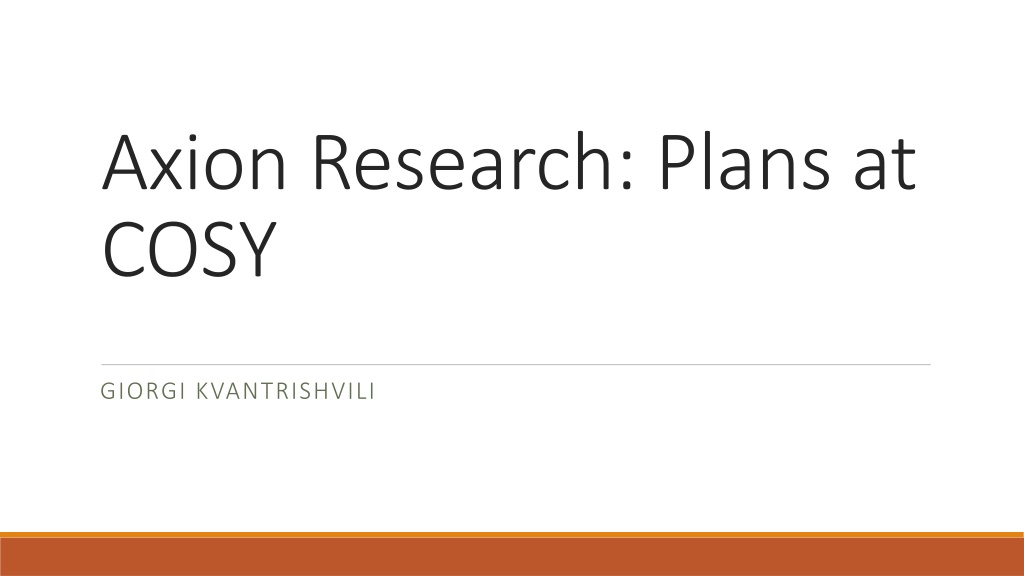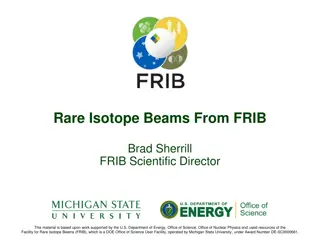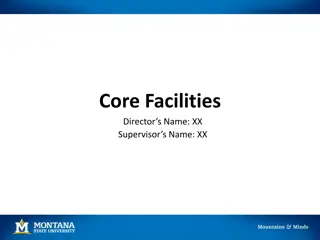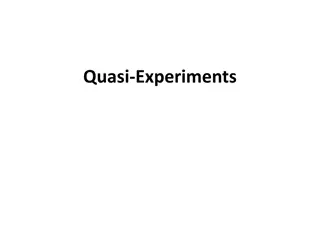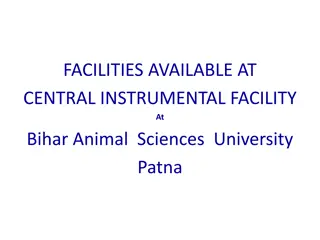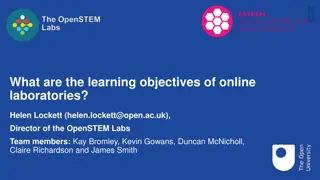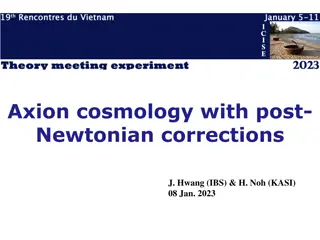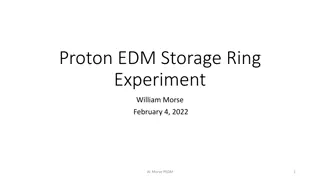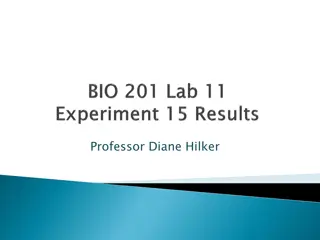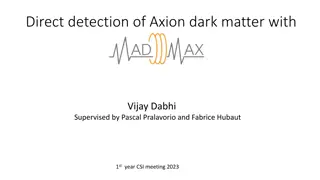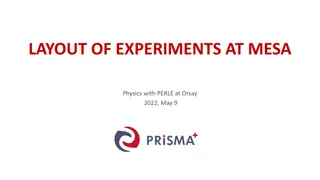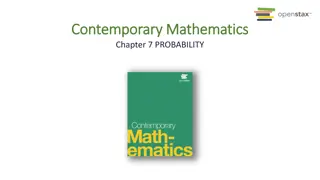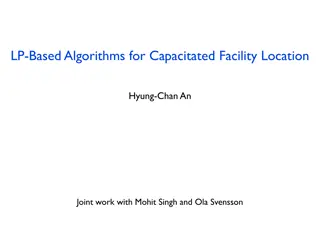Understanding Axion Research and Experiments at COSY Facility
Explore the world of axion research, from origins to experiments at the COSY facility. Learn about the Axion Strong CP Problem, its postulation by Peccei and Quinn, and its potential as dark matter. Discover the scientific motivation behind axion-gluon coupling and the Experiment Proposal at COSY for investigating the oscillating EDM. Delve into technical considerations and the resonance between beam precession and the oscillating EDM at COSY.
Download Presentation

Please find below an Image/Link to download the presentation.
The content on the website is provided AS IS for your information and personal use only. It may not be sold, licensed, or shared on other websites without obtaining consent from the author. Download presentation by click this link. If you encounter any issues during the download, it is possible that the publisher has removed the file from their server.
E N D
Presentation Transcript
Axion Research: Plans at COSY GIORGI KVANTRISHVILI
Axion Origins The Strong CP Problem ?= ???? 10 16? ?? QCD theory prediction ?? ??= 2.9 10 26? ?? Experimental Result ???? < 10 10 Strict Upper Limit
Axion Origins Postulated by Roberto Peccei and Helen Quinn ???? - dynamic field, not a constant value very light, interacting weakly good candidate for dark matter
Axion Research Experiments Microwave Cavity ADMX and ADMX-HF Detection with NMR: CASPEr
COSY Located at J lich Forschungszentrum Cooler synchrotron and storage ring Up to 5 1010 protons in a beam 600 MeV/c 3.3 GeV/c momentum range currently involved in the EDM search
Scientific Motivation and Context Axion-gluon coupling >> oscillating EDM of the nucleon ?= 1.2 10 16? ? ??? ?? = 1.2 10 16?0??? ???+?? ?? ? ?? ?? ? ?? axion mass ?? axion decay constant ?? unknown local phase axion/dark matter field
Experiment Proposal at COSY A search for the oscillating EDM Accumulation of the vertical component of polarization Sensitivities similar to EDM search
Experiment Proposal at COSY: Advantages Storage ring range: ??? to 10 24?? ALPS, CAST, etc. experiments close to this scale (less sensitive) Ultra-cold neutron EDM experiment the only one to search below 10 17??
Technical Considerations Resonance between beam precession and oscillating EDM Deuteron beam of p=0.97 GeV/c Axion and spin tune (??????) frequencies are matched Precession frequency matched to the reversal of the oscillating EDM EDM frequency of axion field unknown, slow scan needed
Technical Considerations Calculation of the resonance crossing with a scan rate of 0.5 ??/? Oscillating EDM strength - 1.6 10 17?? 0.75 jump in the p[Y] component of the beam polarization (in less than a second) Actual scan - 2-second region analysis (for example)
Axion field property assumptions Coherent over sufficiently large region of space Particles see the same field Beam properties = single particle properties Spatial coherence must extend to all parts of the COSY ring Coherent in time Fixed field oscillation phase Dependence on axion field speed Difference between spin tune and EDM oscillations favors accumulation
Technical Considerations: Managing the unknown phase of the axion field More than one bunch Polarized beams, right angle difference in direction Operating COZY at harmonic, h=4 Operating RF solenoid on its first harmonic Frequency either ????= (1 + ??) or ????= 1 ?? (630 or 870 kHz) ???? - machine revolution frequency; G deuteron s magnetic anomaly
Technical Considerations: Managing the unknown phase of the axion field Oscillations of the RF solenoid (870 kHz) Spin tune frequency, 120 kHz oscillation Each Turn Blue dots indicate moments when the beam passes through the solenoid
Technical Considerations: Managing the unknown phase of the axion field Oscillations of the RF solenoid (870 kHz) Spin tune frequency, 120 kHz oscillation Each Turn Blue circles indicate moments when the beam passes through the solenoid halfway through a turn
Technical Considerations: Managing the unknown phase of the axion field Oscillations of the RF solenoid (870 kHz) Spin tune frequency, 120 kHz oscillation Each Turn Purple circles and dots respectively indicate moments when the beam passes through the solenoid at and of a turn
Technical Considerations: Managing the unknown phase of the axion field In practice, patterns arrive at different times and continue Anomalous magnetic moment of deuteron keeps polarization directions from overlapping Choosing 870 kHz harmonic Every other bunch nearly reversed Maximum opening angle = 43
Technical Considerations: Managing the unknown phase of the axion field 2-D plot of ring circumference vs time Channels with less than 5 events/bin have been suppressed. A graph of particle flux at the EDDA polarimeter as a function of time in the store and position around the ring circumference.
Technical Considerations: Managing the unknown phase of the axion field Injection Initial cooling Moving to the polarimeter target Beam Preparation Data acquisition
Further Comments COSY machine parameters Polarization jump repeat scans Machine Resonances
Thank You For Your Attention Thank You For Your Attention
